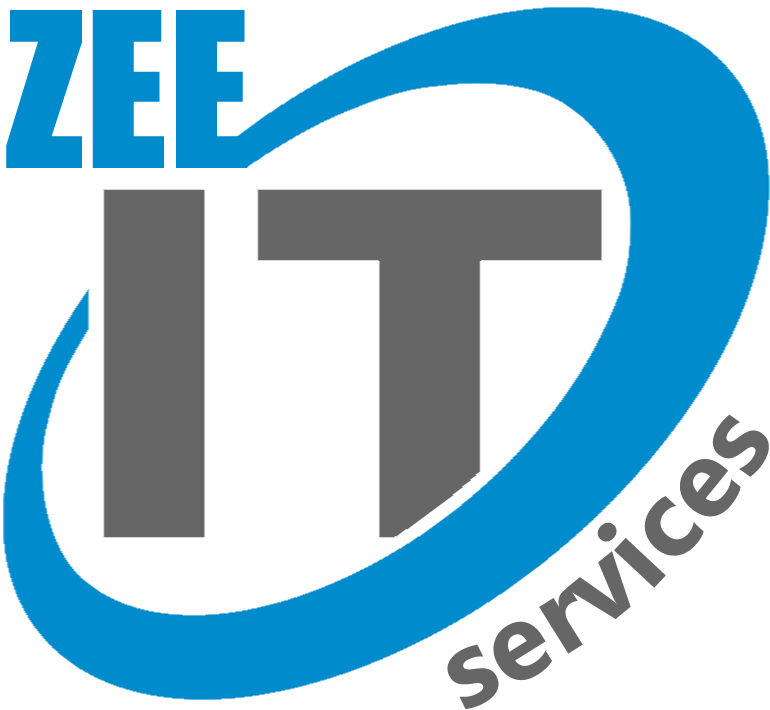The significance of SEO in the dynamic field of digital marketing cannot be overstated.Search Engine Optimization, or SEO, is the cornerstone of a successful online presence. At its core, SEO is about helping search engines understand the content of your website and ensuring that it is presented to users when they search for relevant information. One of the fundamental pillars of effective SEO is keyword selection. Finding keywords and new ideas is not enough for comprehensive keyword research. You need to analyze the keywords in more depth and pick the one that works the best. One important rule for keyword research is the Tripod rule. It’s not just a rule; it’s a golden key that unlocks the door to achieving better search engine rankings and ultimately driving more traffic to your website. Furthermore, The Tripod Rule is a well-kept secret of successful SEO strategies, and in this comprehensive guide, we will dive deep into what it is, how it works, and why it’s essential for your online success.
Importance of Keyword Selection
Selecting the right keywords is akin to laying a strong foundation for a building. If your keywords are irrelevant or have low search volume keywords, your SEO efforts may go to waste. Moreover, On the other hand, choosing highly competitive keywords may make it challenging to secure top rankings. Thus, finding a balance between all of these factors is crucial.
What is the Tripod Rule for SEO?
The Tripod Rule for SEO is a concept that rests on three crucial factors: Relevance, Rankability, and Popularity. To truly succeed in the digital landscape, it’s essential to grasp the significance of each of these components and how they contribute to your website’s visibility and success.
Relevance: The Foundation of Effective SEO
Relevance is the bedrock upon which SEO is built. To outrank your competitor, you must first understand your target audience. What are they searching for, and how can your content provide value? The key is to identify keywords that are directly related to your content and align with your audience’s needs. For instance, if you’re running a website about healthy recipes, your content should revolve around keywords like “nutritious meal plans” or “low-calorie cooking tips.” Moreover, These keywords are relevant to your niche, making them a strong foundation for your effective SEO strategies.
Rankability: The Technical Aspect of SEO
Once you’ve identified relevant keywords, the next step is to assess their rankability. Rankability refers to how easy or difficult it is to secure a high position in search engine results pages (SERPs) for a particular keyword. In addition, Factors such as competition, search volume, and search engine algorithms play a significant role in determining rankability. Moreover, To ensure your SEO strategy’s success, focus on keywords that strike a balance between relevance and rankability. Tools like Google’s Keyword Planner can help you gauge the competition and search volume for your selected keywords.
Popularity: Targeting the Right Audience
Popularity, the third leg of the Tripod Rule, emphasizes the importance of targeting the right audience. The keyword must have some search volume. The amount that indicates how long a relevant term is searched for in search engine results is called search volume. If a keyword doesn’t have reasonable search volume, it won’t provide the expected results, even if it is relevant and rankable. Understanding your audience’s preferences, pain points, and search behavior is crucial. Tailor your content to address their needs, and select keywords that align with their interests. In addition, This approach not only boosts your website’s relevance but also enhances the user experience, a key factor in SEO success.
The Art of LSI Keywords
Latent Semantic Indexing (LSI) keywords add depth to your content without mentioning them explicitly. They are contextually related terms that enrich your content’s quality and readability. For example, if your main keyword is “travel tips,” LSI keywords could include “packing essentials,” “itinerary ideas,” and “budget travel.” Moreover, Incorporate LSI keywords naturally throughout your content to signal to search engines that your content is comprehensive and valuable.
The Role of User Intent
User intent is the crux of keyword selection. Understanding what users want when they search is paramount. Are they seeking information, looking to buy, or simply browsing? Your content should align with the user’s intent behind their search query. In addition, This ensures that your website not only attracts visitors but retains them, as they find what they are looking for.
The Role of Long-Tail Keywords
Long-tail keywords are specific and detailed phrases that cater to niche audiences. Even though their search volumes can be lower, they frequently convert better. For example, “affordable hotels in Bali” is more specific than “hotels in Bali.” Integrating long-tail keywords into your content can help you reach users with distinct preferences and needs.
Implementing the Tripod Rule for SEO
Now that you understand the Tripod Rule, it’s time to put it into practice. Furthermore, Here are some actionable steps to help you select keywords that will elevate your website’s rankings:
- Thorough Keyword Research: Begin with comprehensive keyword research. Use tools like SEMrush, Ahrefs, and Moz to identify relevant keywords with moderate to high rankability and popularity.
- Competitive Analysis: Analyze your competitors’ strategies. Identify the keywords that are working for them and the gaps you can fill. This will give you valuable insights into what works in your niche.
- Long-Tail Keywords: Think about using long-tail keywords in your strategy. As we have already discussed, these are more specific and can help you reach a niche audience. Long-tail keywords often have lower competition and can be a goldmine for targeted traffic.
- Content Optimization: Once you’ve selected your keywords, it’s time to optimize your content. Ensure that your chosen keywords are seamlessly integrated into your articles, blogs, and web pages. However, remember to prioritize quality and value for your readers.
- Monitor and Adapt: SEO requires continuous effort. Continuously monitor your website’s performance and adapt to changing trends and user behavior. Keep your content updated and fresh to keep it relevant.
Getting more about SEO
If you would want to know more about boosting the traffic to your website. Our blog is a treasure trove of SEO-related insights and tips that can help you stay ahead in the digital marketing game. Don’t miss out on the opportunity to master the art of SEO and elevate your online presence to new heights.
Why choose Zee IT Services?
Unlock the power of SEO with Zee IT Services! Our expert team implements the Tripod Rule, guaranteeing top-notch keyword selection, skyrocketing your rankings, and driving organic traffic to your website. Let’s make your online presence shine.
Frequently Asked Questions
What is the Tripod Rule for SEO?
The Tripod Rule for SEO is a strategy that emphasizes three key elements: relevance, search volume, and competition. It guides the selection of keywords to improve your website’s search engine rankings.
How can I find relevant keywords for my content?
To find relevant keywords, think about the core topic of your content and what terms your audience might use to search for it. Tools for keyword research, such as Google’s Keyword Planner, can be useful.
Why is it essential to balance search volume and competition in keyword selection?
Balancing search volume and competition ensures that you choose keywords that are both popular and feasible to rank for. High competition can make it challenging for your site to appear in search results.
Why is user intent crucial in keyword selection?
User intent determines why someone is searching, and it’s essential to match their intent with your content. This ensures that your website attracts and retains visitors.
What are long-tail keywords, and how do they differ from short-tail keywords?
Long-tail keywords are specific and detailed phrases that cater to niche audiences. They differ from short-tail keywords by being more precise and often have lower search volumes.


